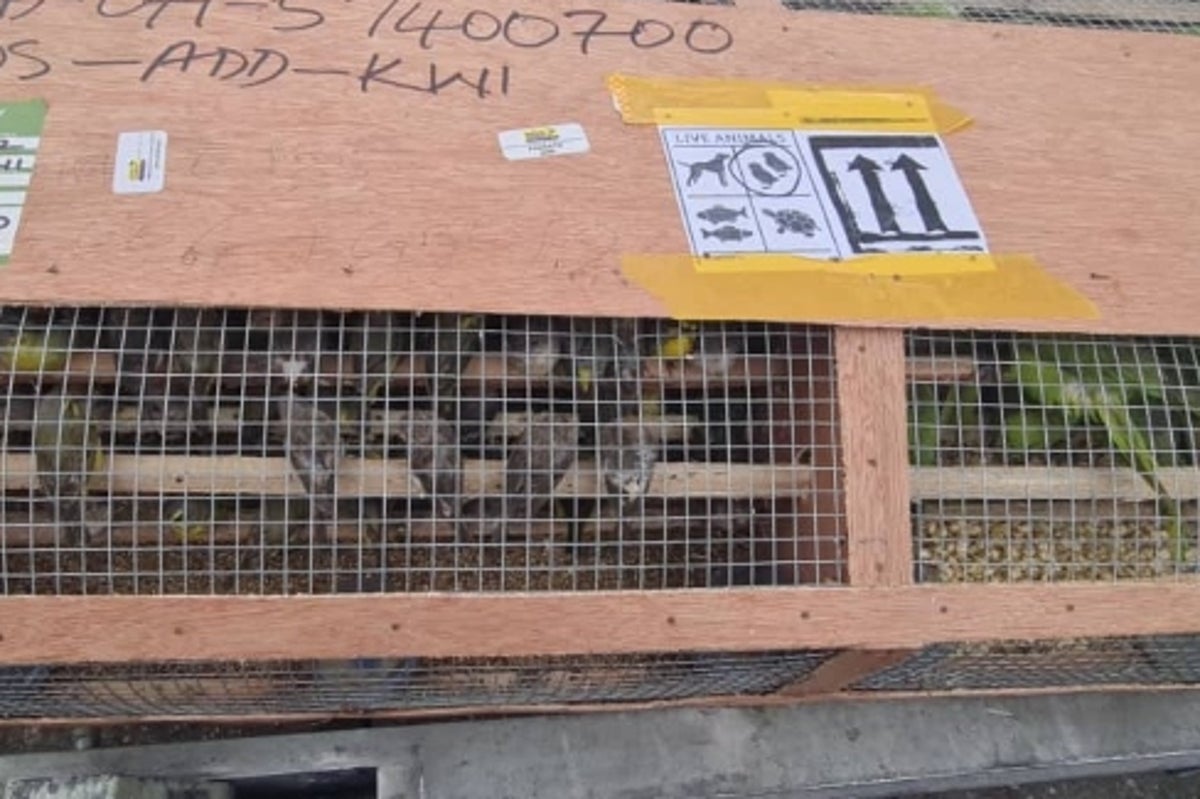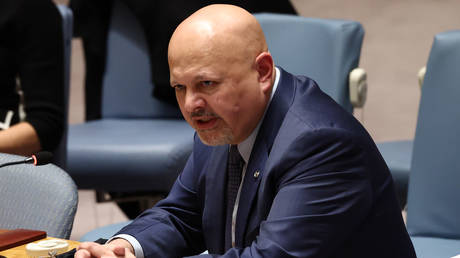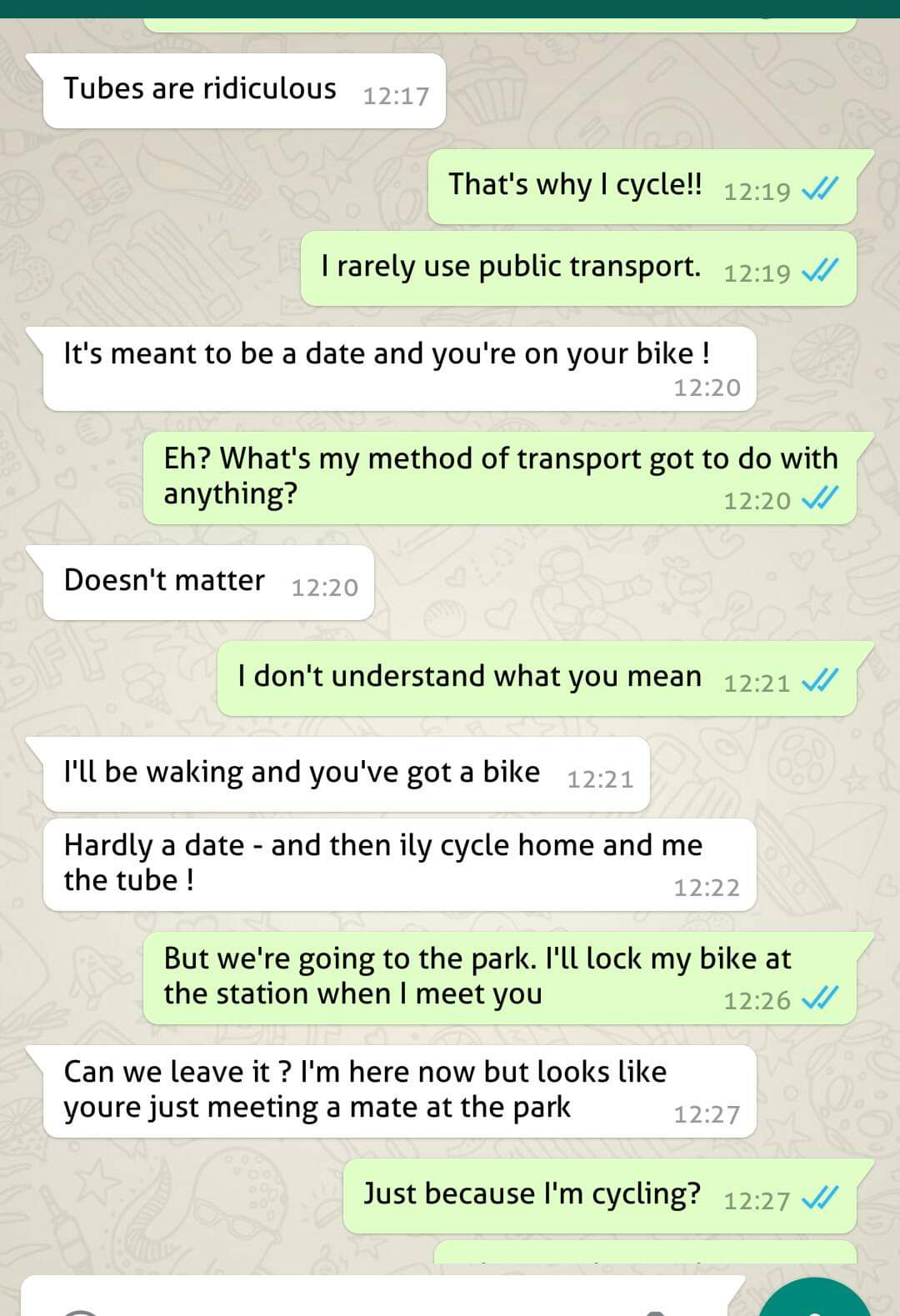The right (and wrong) ways to appreciate your employees

Despite years’ of headlines about the importance of workplace well-being and culture, the latest Gallup State of the Global Workplace report paints a stark picture: global employee engagement has declined yet again. But one overlooked yet deeply effective lever for change is also one of the simplest: genuine appreciation.
It might be considered “a soft skill,” but when practiced with consistency and care, appreciation can reshape teams, rewire the brain, and reinvigorate entire cultures. Here’s how leaders can turn everyday recognition into a powerful force for performance—and why it’s one of the most untapped tools in the leadership playbook:
1. Understand the neuroscience
Appreciation doesn’t just feel good, it changes the brain and can be a high-impact leadership tool, according to Amy Brann, applied neuroscience expert, founder of Synaptic Potential, and author of Make Your Brain Work.
“Expressing appreciation boosts dopamine and serotonin in both the giver and the receiver, activating brain regions associated with motivation, connection and emotional regulation.”
Importantly, appreciation also helps shift people out of a defensive mindset. “It lowers activity in the amygdala—the brain’s threat detector—helping people feel safer and more valued,” Brann explains. “When people feel recognized and appreciated, they shift into what I call a High-Performing Neural Environment—one where creativity, focus and collaboration thrive.”
To embed gratitude into everyday routines, Brann recommends leaders look for micro-moments of acknowledgement: “Quick, sincere acknowledgements embedded into existing routines. Over time, these create neural associations that reinforce trust and belonging.”
2. Make it safe, human, and consistent
When we think of employee appreciation, we often think of grand gestures like bonuses and flamboyant parties. But according to Ella Davidson, founder of book PR agency, The Book Publicist, “It’s about the small, consistent actions that show people they’re truly valued.”
In her remote agency, daily check-ins are a norm—not just for status updates, but to see how people are really feeling. “When someone’s struggling (personally or professionally), we listen, not just with empathy, but with the intent to support in practical ways,” Davidson says.
And appreciation isn’t just reserved for technical achievements: “We also make room to say thank you and well done, for results but also for dealing with a tricky situation or being supportive to others in the team,” she adds.
Employees should know the buck stops with you. “Creating a culture of appreciation means letting people know you trust them, you’ve got their back, and that if things go wrong, the responsibility lies with you as the leader. That level of safety takes the pressure off and allows people to show up authentically.
‘Most of all, appreciation means making it okay to be human. No blame, just support. That’s when people feel safe, seen, and truly appreciated and that’s when they do their best work.”
3. Hardwire 360° gratitude in daily habits
Gratitude can’t just happen when there’s time, it needs structure. “Appreciation and gratitude should not just flow top down—it should be 360 degrees.” says Christina Lovelock, senior leadership coach and author of Careers in Tech, Data and Digital. “To enable this, we need to normalize recognition of good work and create specific opportunities for people to be nudged to think about where their colleagues, leaders, and teams have done something positive or noteworthy.”
These nudges might include a regular agenda item in team meetings, a dedicated Teams or Slack channel, or a weekly wrap-up email. “It might be tempting to leave it ‘ad hoc’ or worry it will seem forced or manufactured,” Lovelock adds, “but actually people usually find a regular cadence around gratitude and appreciation very valuable.”
Worried you might struggle to find wins? Christina recommends looking beyond big things: “It can also be the day-to-day demonstrations of support or assistance, a well-handled conversation or really clear presentation slide. If you are specifically looking for good work to highlight, you can generally find it.”
4. Praise thoughtfully, not excessively
Leaders are often told to give more praise. But quantity isn’t the only factor that matters—context does, too.
“It’s well-known both that praise is a good (and cheap) motivator and that most leaders overestimate just how much they give it,” says Nik Kinley, leadership consultant and author of The Power Trap. “But you can overdo it. If you praise too much, you devalue it, and praise actually works best when it’s unexpected.”
Praise is also not one-size-fits-all. “People just beginning projects or who are less experienced typically need more praise,” Kinley notes. “Seasoned vets or those near the end of tasks tend to value praise less.”
He also points to the power of public recognition. “Praise usually has more impact when given for simple tasks rather than complex ones. It also always has more value when given publicly, even if the individual being praised feels embarrassed by it.”
He suggests thinking of praise as a tool and a tactic and using it as such.
5. Broaden the spotlight
Recognition often shines only on the loudest, most powerful voices, silencing the most interesting or challenging ideas.
To broaden the spotlight, Charlotte Otter, an executive communications expert and author of We Need New Leaders, recommends fostering smaller, unscripted spaces for conversation: “Organize small meeting rounds, unrecorded, where people feel safe to ask questions and share opinions. Give credit in the meeting for great ideas and afterwards, publicly, if they’re implemented.”
Otter also emphasises inclusive meeting practices: “Send agendas in advance, make sure everyone gets a chance to speak, and actively quell the noisy ones. Introverts appreciate the chance to prepare, so let someone know in advance if you’d like their opinion to be heard. It’s about tuning in better and appreciating differently.”
6. Use genuine appreciation to create a ripple effect
Thanking your team is one thing, but taking the time to genuinely acknowledge their accomplishments from the top creates a ripple effect.
“Each time a person encounters you and your kindness, that same person may be inspired to do the same,” says Gaelle Devins is chief customer officer at Breitling and author of Flow Leadership. “Imagine how powerful such a gesture could become in your team.”
Devins encourages leaders to pause and reflect on how gratitude feels to them—then replicate it. “We often take things for granted and forget to look at life with children’s eyes or from the perspective of others. By being present, aware, and mindful as a leader, we become more aware of the needs of others.”
More than a nicety
In a world where employees are increasingly stressed, uncertain, and worried about the future, appreciation is more than a nicety, it’s a necessity. Leaders who get this right won’t just see better performance and stronger retention, they’ll build teams where people feel seen, heard, and motivated to do their best work.
What's Your Reaction?
 Like
0
Like
0
 Dislike
0
Dislike
0
 Love
0
Love
0
 Funny
0
Funny
0
 Angry
0
Angry
0
 Sad
0
Sad
0
 Wow
0
Wow
0

































































































